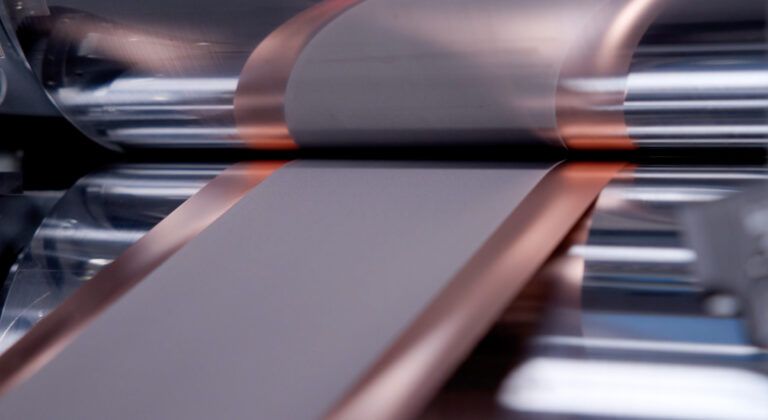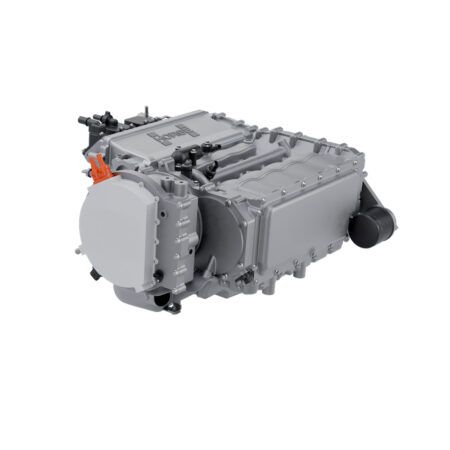BASF and Group14 Technologies have announced a commercial silicon battery solution that combines BASF’s Licity 2698 X F binder with Group14’s SCC55 silicon battery material. The partnership targets battery manufacturers seeking improved performance over traditional graphite anodes.
Test cells using the combined materials exceeded 1,000 cycles while retaining 80% capacity under standard room temperature conditions. At elevated temperatures of 45°C, the cells achieved over 500 cycles while delivering nearly four times the capacity of conventional graphite anodes, according to the companies.
The solution addresses longstanding challenges with silicon-based battery anodes, which can expand significantly during charging cycles, leading to degradation. BASF’s binder was developed specifically for silicon-rich anodes to stabilize electrodes under demanding conditions.
“The future of energy storage powered by silicon batteries is here, and our collaboration with BASF is driving mainstream adoption at unprecedented speed,” said Rick Luebbe, CEO and Co-Founder of Group14 Technologies. “By combining technologies, we are giving battery manufacturers the power to deliver high-performance, scalable silicon batteries faster than ever to help meet today’s soaring energy needs.”
The collaboration optimizes BASF’s binder technology with Group14’s SCC55 material to provide what the companies describe as robust cycle life and improved performance characteristics. Group14 Technologies manufactures advanced silicon battery materials, while BASF produces chemical solutions including battery binders.
“Silicon is now an attractive technology without the limitations of the past,” said Dr. Dirk Wulff, Global Technical Battery Binder Manager at BASF, “By combining our expertise, we achieved an anode cell chemistry that not only meets but exceeds industry requirements.”
The companies position the solution as drop-in ready for existing battery manufacturing processes, potentially reducing implementation barriers for producers looking to incorporate silicon-based materials. Silicon anodes can theoretically store more lithium ions than graphite, enabling higher energy density and faster charging capabilities in lithium-ion batteries.
Both companies are targeting the growing electric vehicle market, where battery performance improvements in charging speed, energy density, and durability remain key competitive factors for manufacturers.





